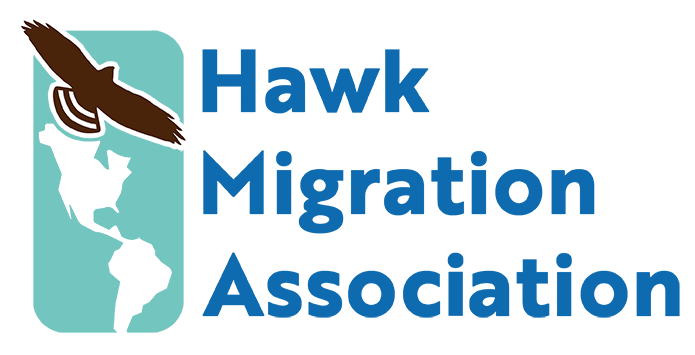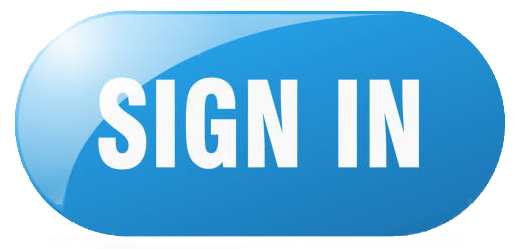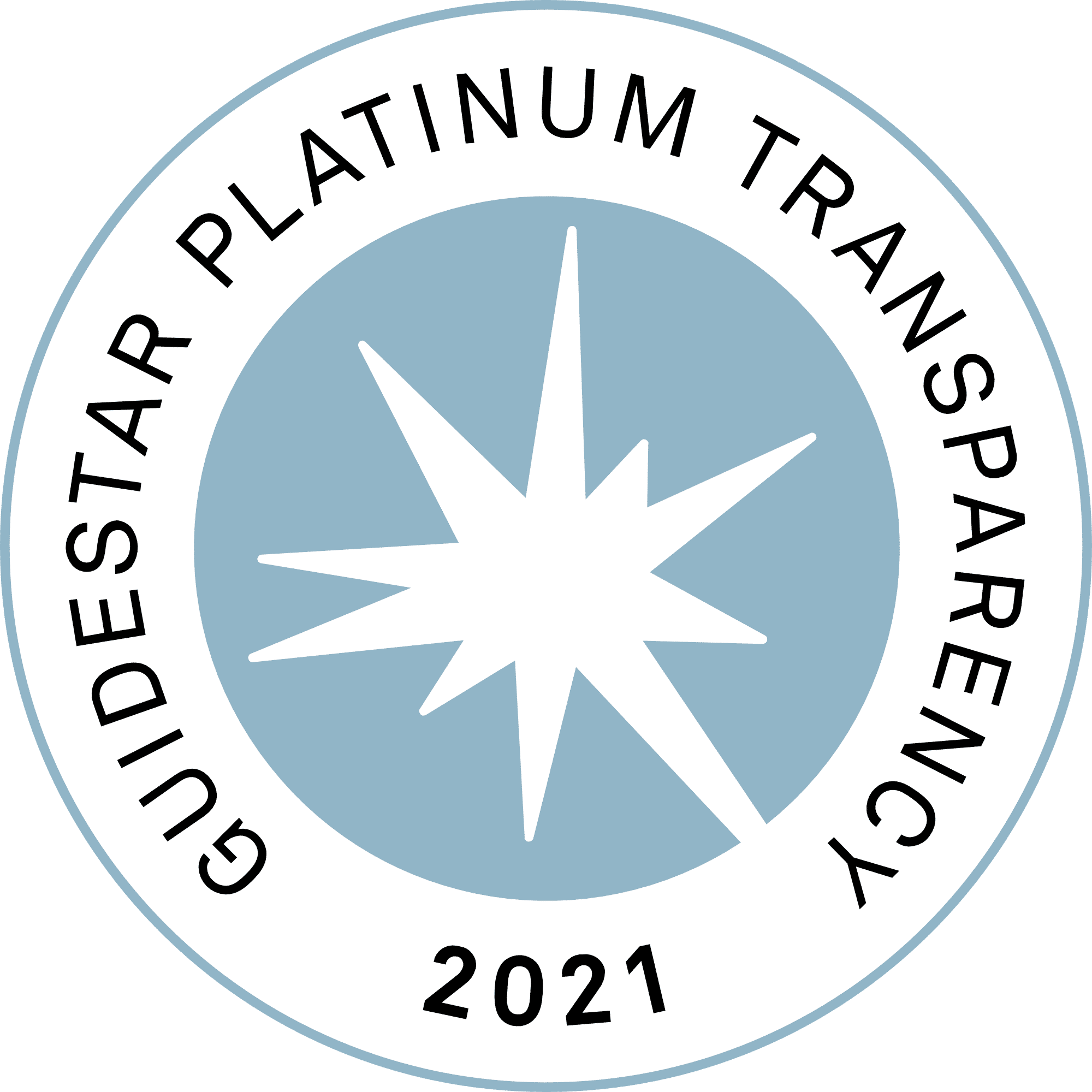By Julie Brown, Raptor Migration and Programs Director, HMANA
The best way for HMANA to thrive and continue offering relevant programming and supporting the monitoring network is to listen to our members, supporters, hawk watchers, and coordinators. As a hawk watch support organization, one of our primary goals is to listen to and address the needs of the monitoring networks and our supporters. I feel that our goal is to find ways to support all hawk watches in the HawkCount network, no matter the situation or site priorities – whether it’s a long-term, fully-staffed, data-focused site, an all-volunteer effort with sporadic coverage, a site focused more on outreach and education, or those who are simply counting for fun. We strive to offer support to all monitoring efforts.
Surveys can be an effective way for us to connect with the public to understand our audience better, to learn how programs are faring, and to guide our future work, but these have their limitations. HMANA has been searching for a different way to bring everyone together for a discussion. In late November-early December 2022, we initiated our first Regional Roundtables to better connect with site coordinators and counters, get to know one another more, and discuss successes and challenges. As the facilitator, I asked hawk watchers to send me questions and discussion topics to dive into. This was a chance for HMANA to connect over Zoom with spring and fall hawk watches from across the HawkCount network and talk about the status of sites’ raptor monitoring efforts, some of their major concerns or challenges, and how HMANA can better support sites.
We separated hawk watches into four regions and ran four separate sessions:
- Northeast US, Quebec, and New Brunswick
- Mid-Atlantic and Southeast US
- Central US, Great Lakes, Ontario, and Manitoba
- Western US, British Columbia, Alberta, Gulf Coast, Central, and South America
We had a blast and learned a lot! Below is a short synopsis of some of the major points topics:
Issue of Aging Out/Recruitment of new volunteers to hawk watches
This is the issue I hear about most often from hawk watchers. Whether staffed or volunteer-run, sites are forever facing the challenge of maintaining their counts and finding enough willing counters to keep their sites afloat. If you face this issue at your site, you are not alone! The results of a recent HMANA survey were telling in this regard:
- 88% of respondents indicated they were very confident they’d be counting that year (2022)
- 50% said they were very confident they’d be counting in 3 years – a considerable drop
- 27% said they were very confident they’d be counting in 5 years
- Only 14% said they were confident they’d be counting in 10 years
There are many factors contributing to this uncertainty, but it speaks to the fact that many sites are unsure of how they will sustain their hawk watch in the future. Below are a few ways that were brainstormed during our discussions:
- Partnering with other organizations: Local Audubon chapters, bird clubs, and area non profits may help provide stability and financial support in the long run.
- Reaching out to homeschool networks: Some sites have demonstrated this has been a beneficial way to connect with dedicated younger hawk watchers.
- Making college connections: establishing relationships with local colleges and universities can be a valuable resource. If schools are unresponsive, it can be helpful to identify ornithology professors and reach out to them directly. They may be willing to create internships to give students field experience with raptor identification, data collection, or interpretation.
- High schools as a resource for finding potential counters: Some schools are willing to set up community service arrangements to pair students with volunteer efforts.
- Reach out to power companies (or other private businesses) as financial supporters: Many hawk watches have relationships with local power companies who fund the purchase of hawk watch equipment or salary for counters. Other businesses could also be an option.
An important point raised was to make sure to invite new potential hawkwatchers on a day that has a decent migration forecast! You may have more success acquiring volunteers if they visit on a big migration day because they’re more likely to get hooked!
One site coordinator commented that for a site that DOES have a strong base of volunteers, it’s important not to rely too heavily on each one. In his case, eight-hour shifts for volunteers were too much, so they settled on four-hour shifts which were more manageable.
Another challenge we discussed was training new volunteers and keeping them engaged. We can all agree that it takes quite a bit of time for a newbie to gain the experience necessary to become reliably confident in raptor ID to qualify them as a regular counter. Some sites find they have to put in substantial time and effort each year to train new volunteers who don’t stay long-term. This may be an opportunity for HMANA to offer training courses or certification programs for hawk watchers, and, perhaps, provide a way to connect trained hawk watchers with sites needing help. These are ideas we are discussing at HMANA and creating a place on our website for hawk watchers to connect, discuss issues, and post or find jobs.
Remote Data Entry
There’s a lot of curiosity surrounding remote data entry, and each year more monitoring sites are trying it out. As of fall 2022, 42 sites were using Dunkadoo or Trektellen programs to enter their data in real-time as raptors were counted. Others are curious about what’s involved and if they should give it a try. A few advantages of live data entry include offering up-to-the-minute reports to local hawk watchers; saving time and preventing the counter from having to enter data at the end of a long day; and it makes checking your data easier and providing a time stamp of when particular birds passed – something that can be invaluable when there are discrepancies in numbers tallied.
We talked about access and how anyone can utilize Dunkadoo or Trektellen by downloading the software if they have a smartphone or tablet. Some of the concerns from current users include the lack of space to enter notes which makes for very short daily summaries; these apps may not offer options to record age-specific data for species; and some of the newest iPhone or Android models do not support Dunkadoo. Sharing devices among counters was also discussed, and one solution was for a safely-locked storage container onsite.
Of the roundtable participants who do use live data entry, most commented that they also record on paper throughout the day, as well as have a hard copy where they can add miscellaneous notes. A few counters commented that they have been bypassing data entry apps and entering data straight to HawkCount on their phones while they count. This can be a bit clunky since HawkCount has not been optimized for such uses. Given this feedback, HMANA hopes to develop our own app to give hawk watchers more options and, perhaps, avoid some of the present challenges. Please stay tuned to this exciting new development!
Recognizing Volunteers
How do sites typically recognize volunteer effort? We rely so heavily on community science volunteers to collect migration data and help keep hawk watches running. They dedicate so much of their time, whether as a counter, observer, coordinator, educator, data analyst, social support person, or muffin and coffee provider! How do sites give recognition to these invaluable volunteers? Below are a few responses:
- Free regular access to hawk watch – if inside a state park or preserve, for example
- Housing or food stipend when applicable
- End-of-season celebration event with awards for volunteers (hawk watch swag, books, gift certificates, or free memberships to hawk watch organizations or HMANA)
- Use of optics for the season
One question I was curious to ask is how HMANA can better support the network of monitoring sites. In addition to providing annual grants, educational resources, or data support, what more can we do? Below are some ideas for HMANA to focus on, as identified by participants:
- More help with promotion, volunteer recruitment, and fundraising efforts
- HMANA partners more with hawk watches to offer tours
- Bringing back the Site Flyer Program, where HMANA helps sites design promotional flyers
- Facilitate a Hawk Watch Exchange Program (which Veracruz and Belize sites are experimenting with now). This would enable hawk watchers to gain experience at a different site.
- Provide Hawk ID training or certification programs
- Offer signage for sites for better public visibility
Overall, I was thrilled with the outcome of HMANA’s first Regional Roundtables! It was delightful to connect with hawk watchers – some of whom I was meeting for the first time – and hear firsthand what’s on their minds. Attendance was modest, which could be attributed to seasonality, and as we know, traditions take time to grow. Perhaps if scheduled during the winter months, we would have a larger turnout. For more details about what was covered during our roundtables, like discussions about changing wind patterns, addressing visibility issues or accessibility, you can watch any of the four recordings here on our website.



